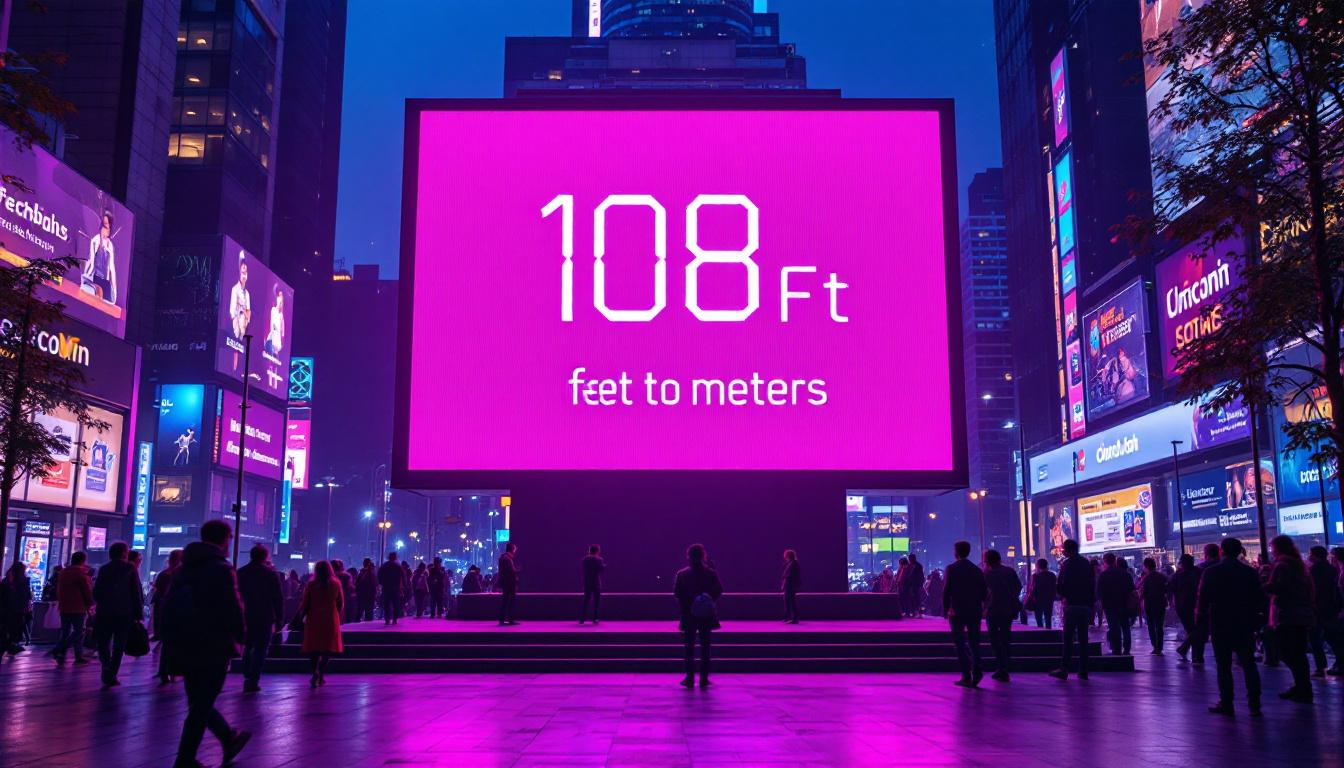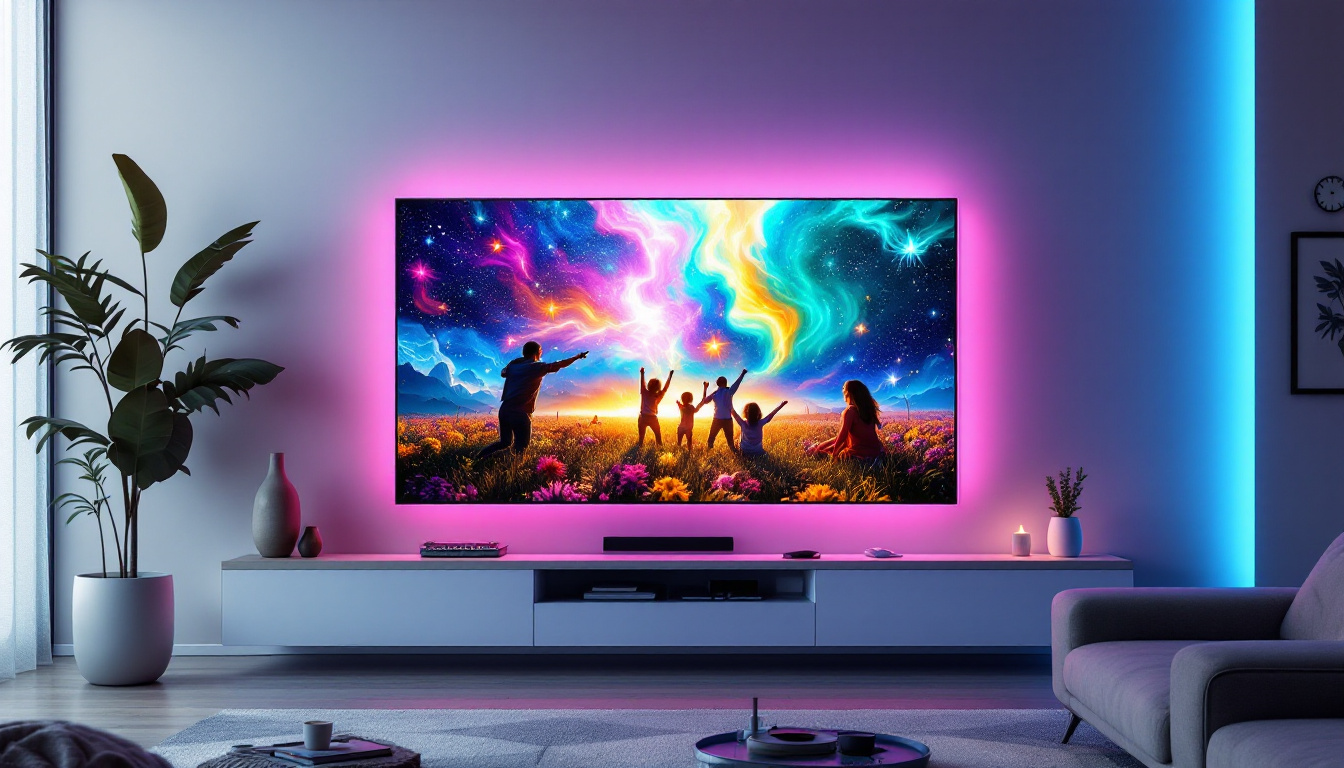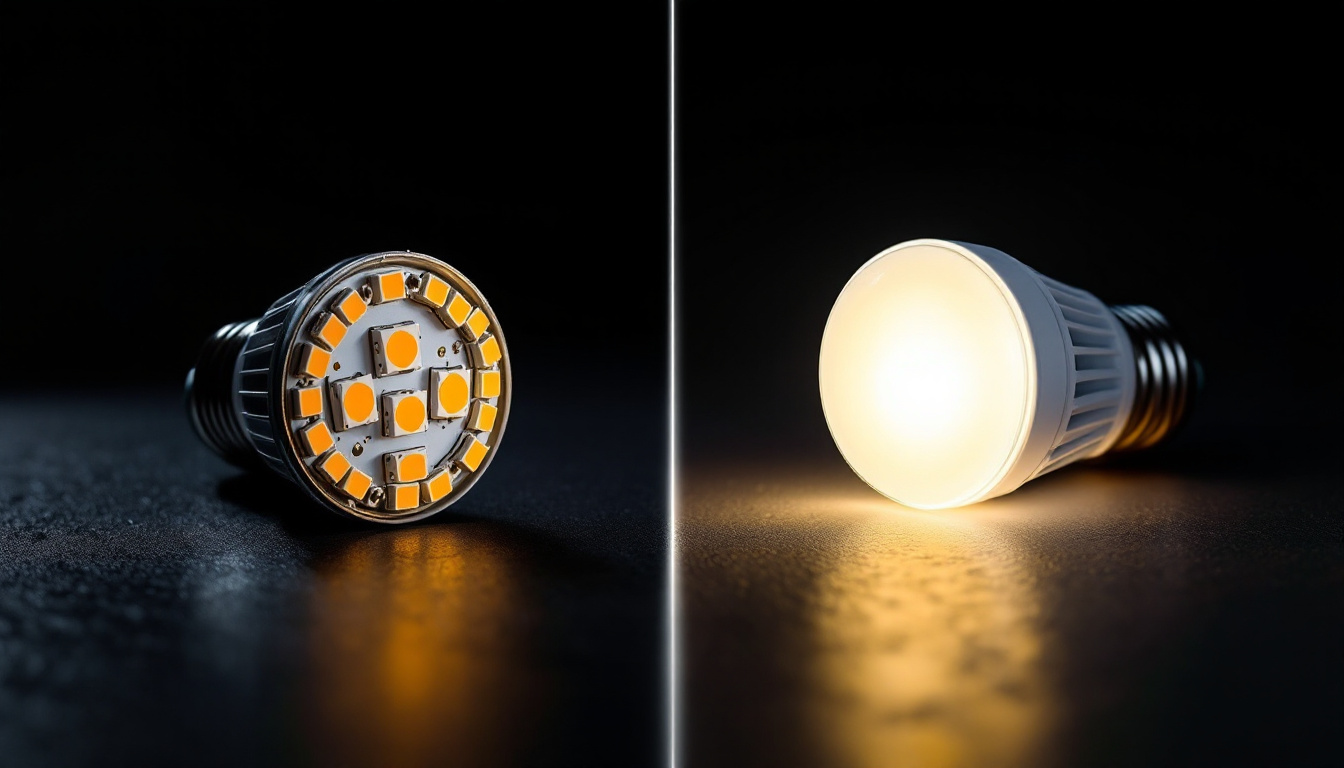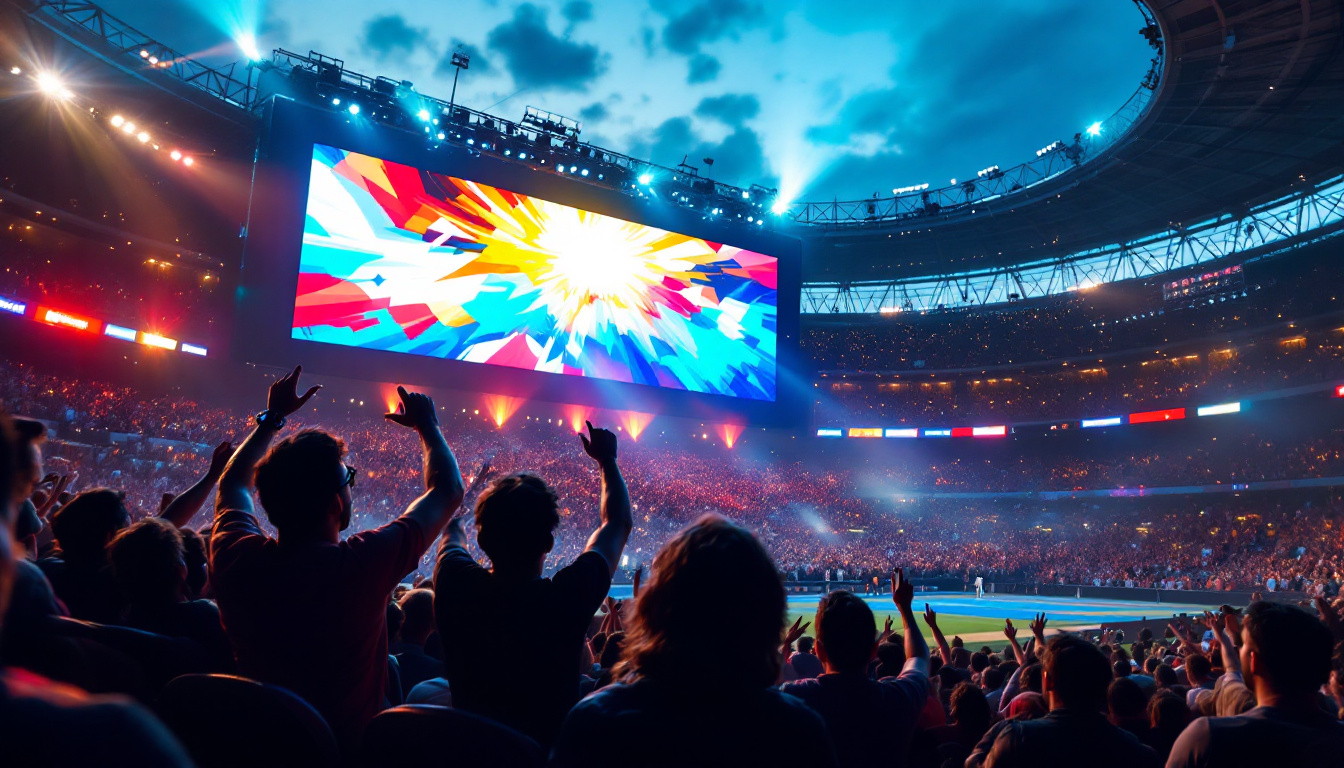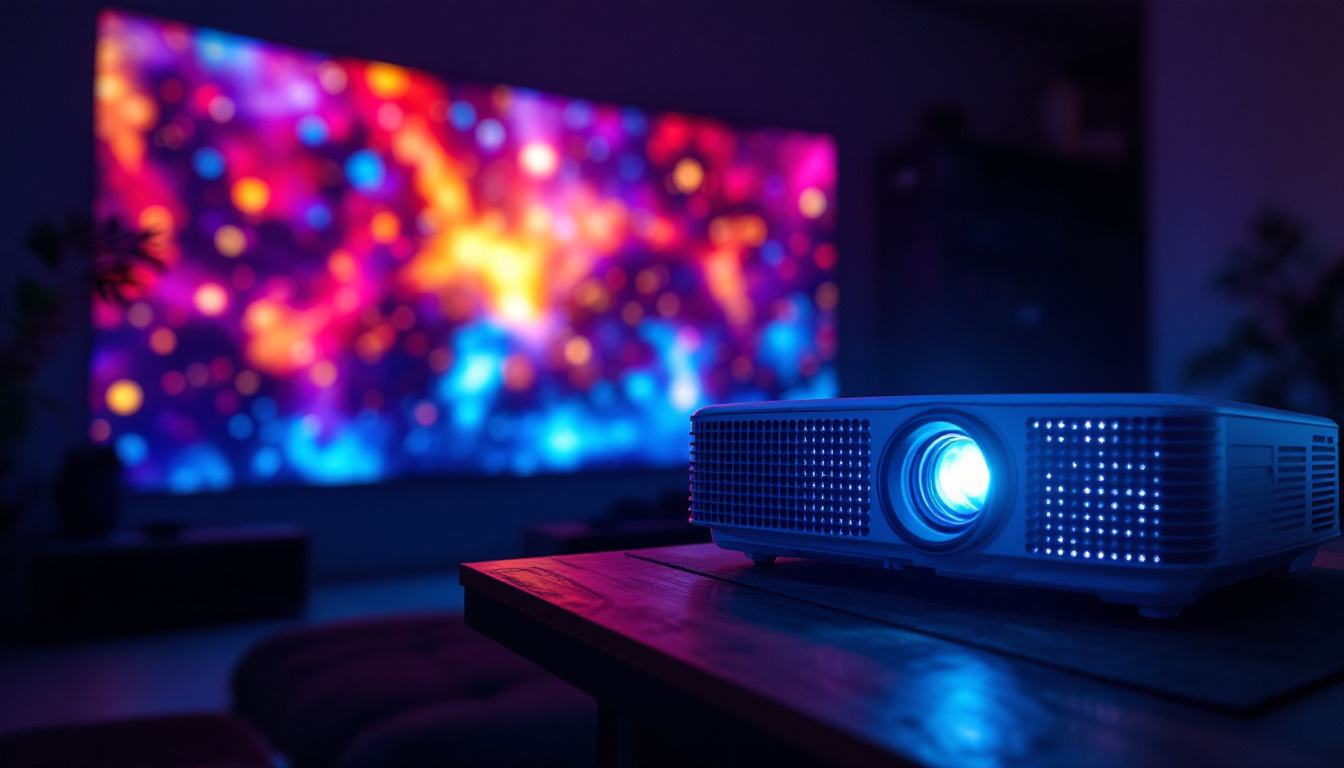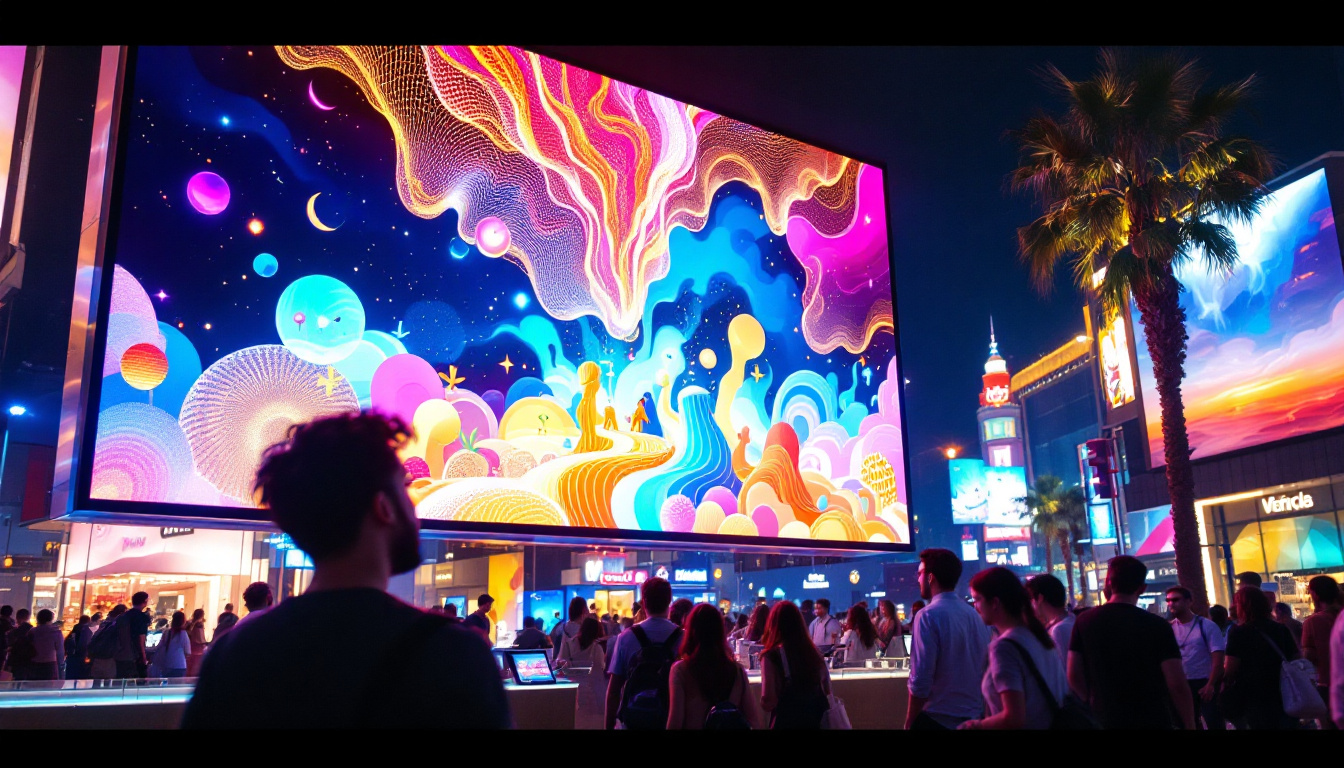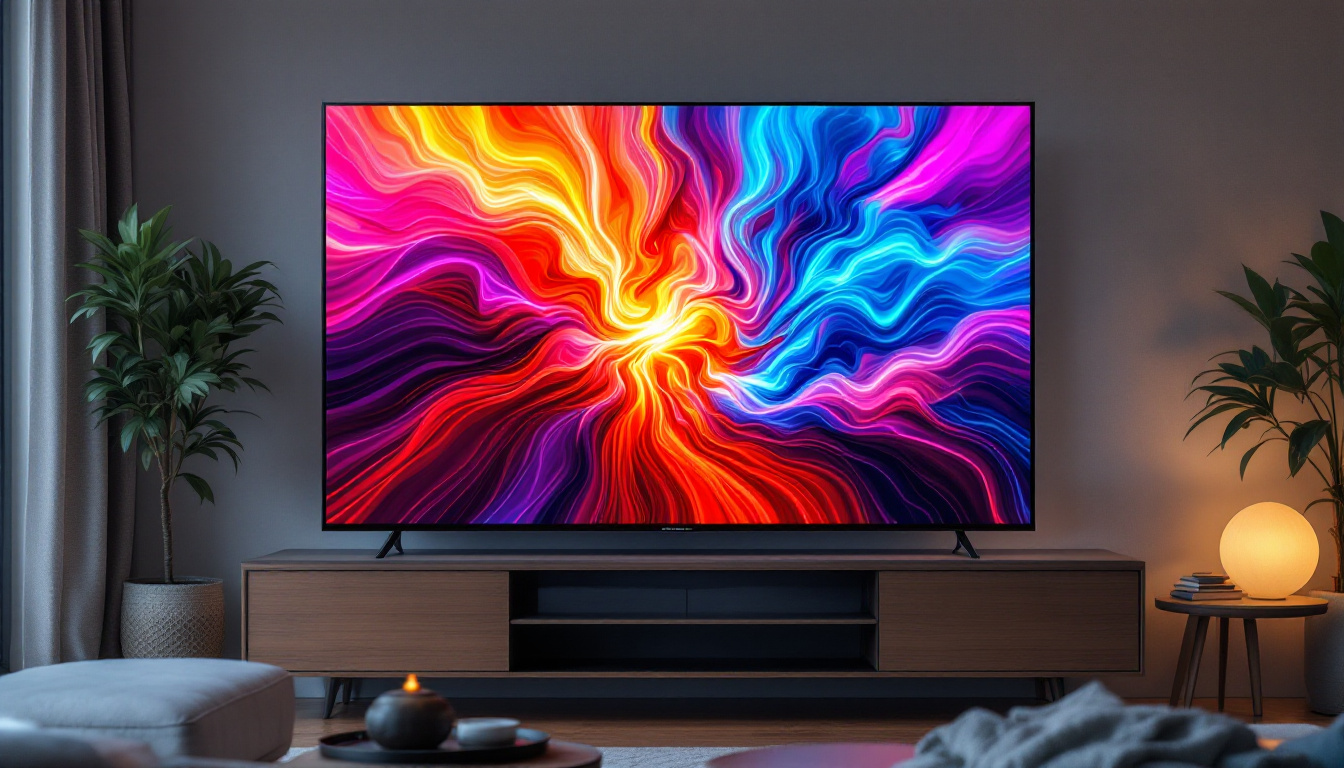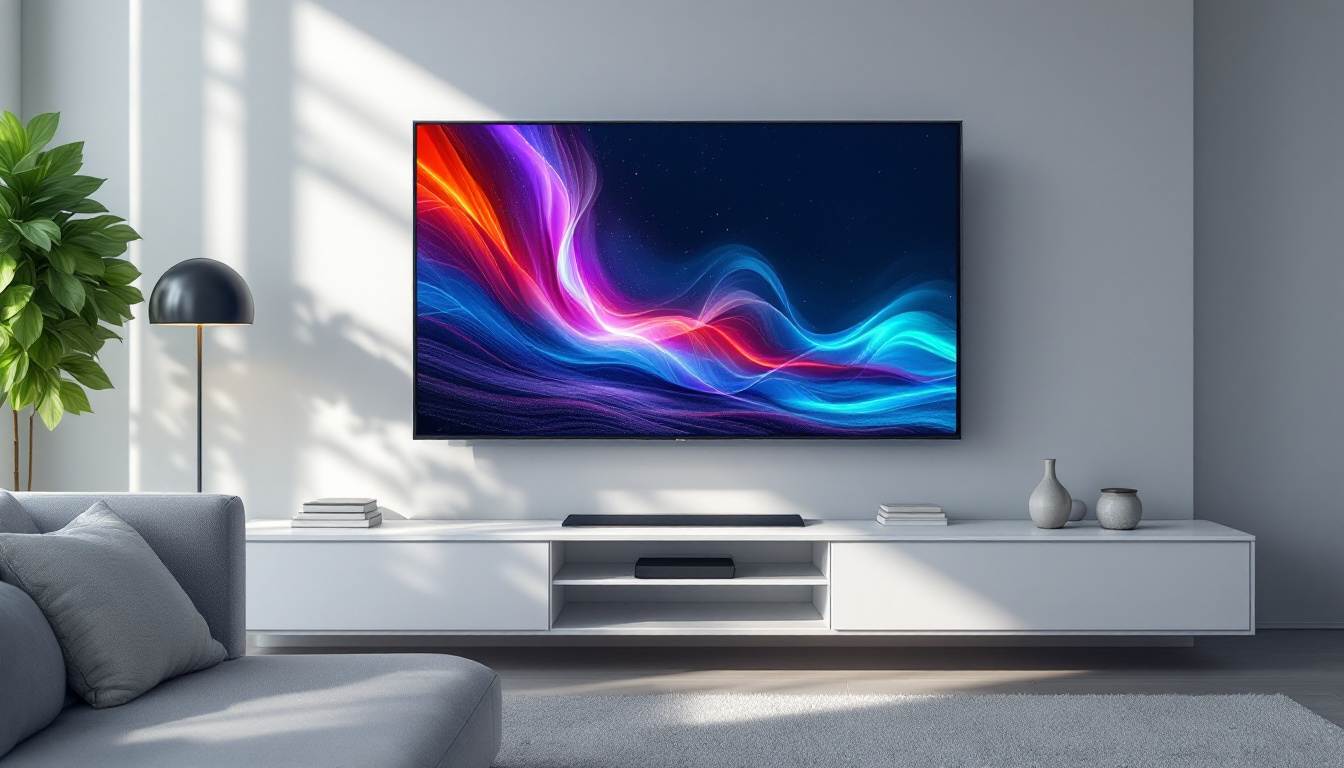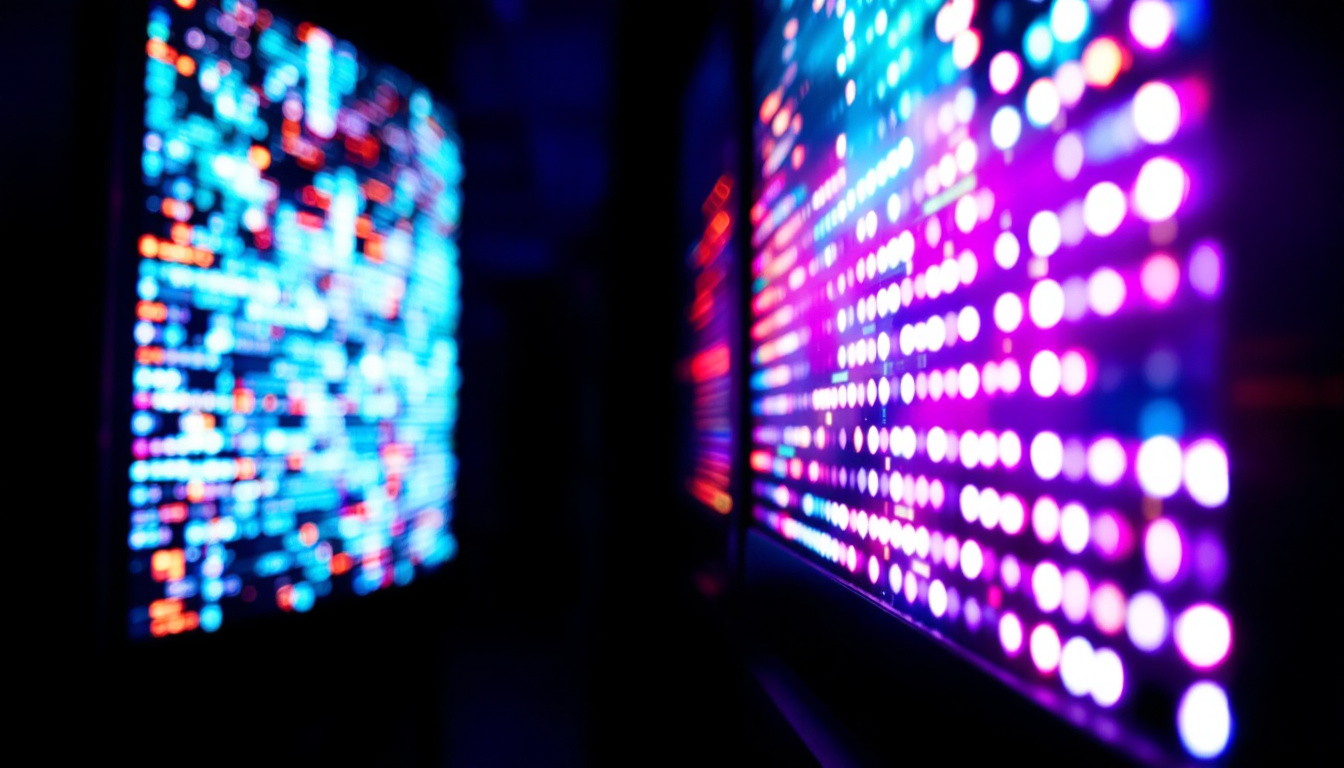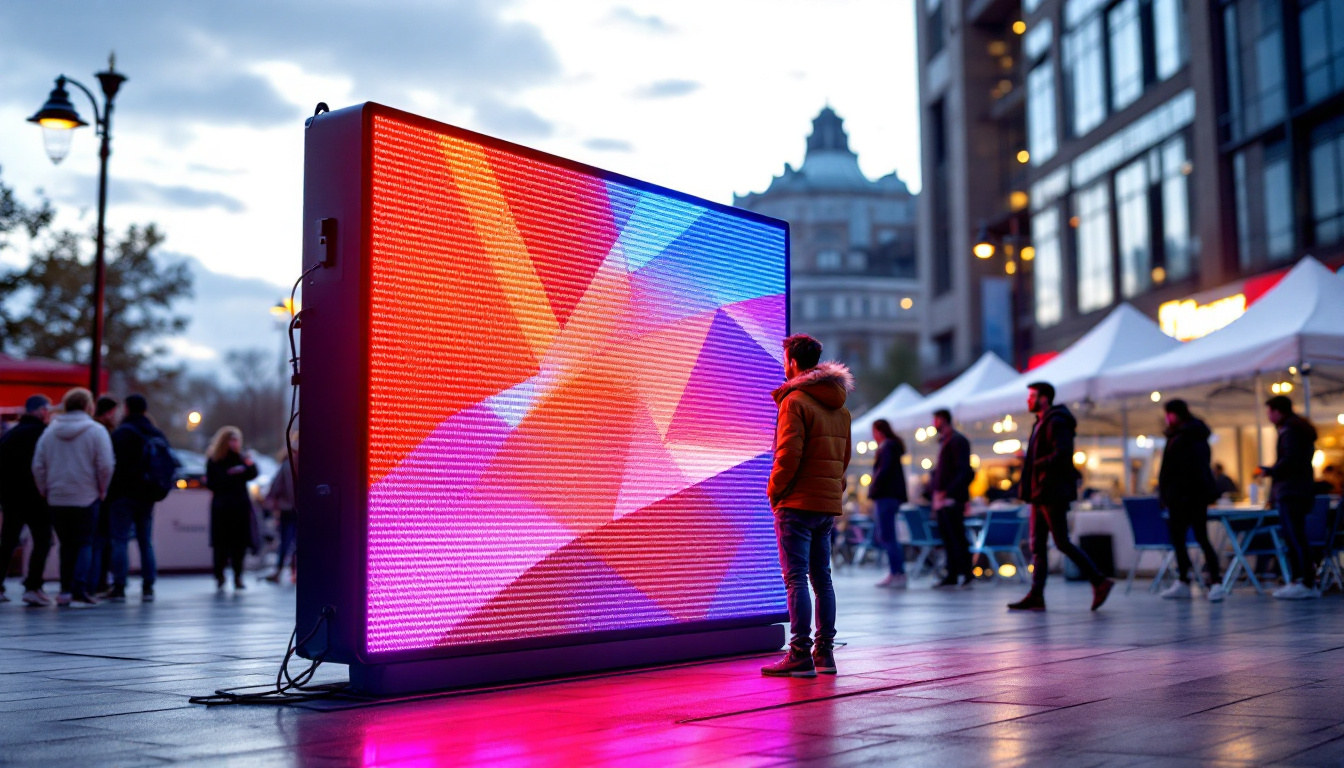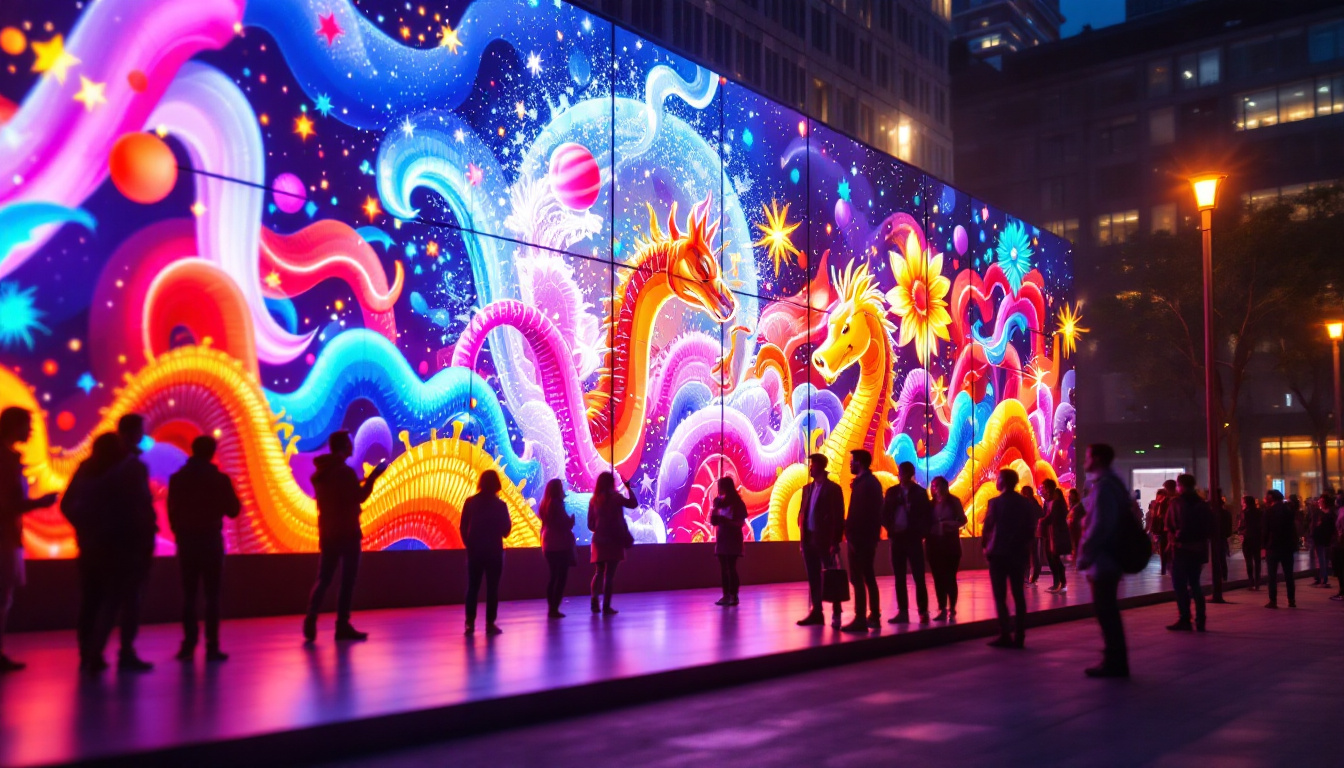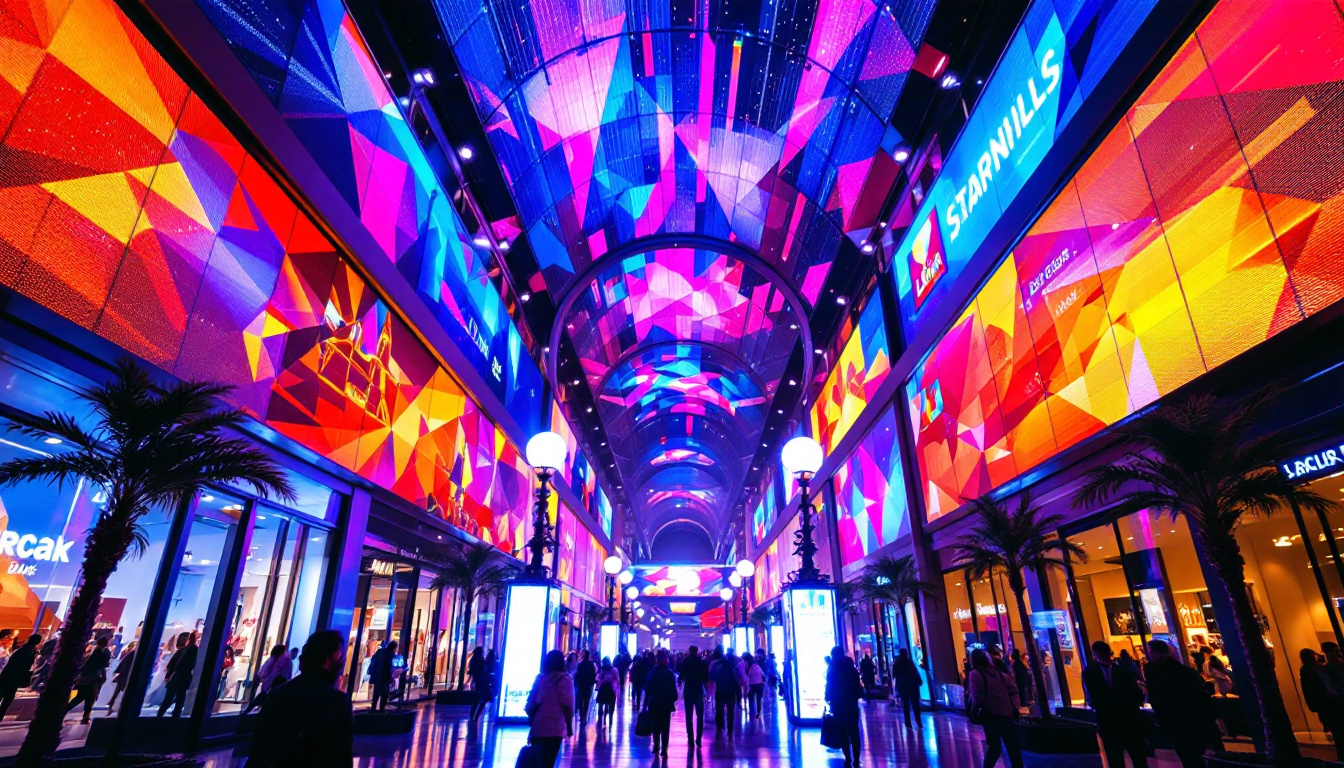In the rapidly evolving realm of digital technology, LED displays have become a cornerstone for visual communication. From vibrant billboards in bustling cities to interactive screens in retail environments, LED technology shapes how information is presented and perceived. This article delves into the intricacies of LED displays, exploring their technology, applications, and the emerging trend of touch-enabled LED imagery that is revolutionizing user interaction.
Understanding LED Display Technology
What is an LED Display?
LED, or Light Emitting Diode, displays consist of numerous tiny diodes that emit light when electrically charged. Unlike traditional LCD screens that rely on backlighting, LED displays generate their own light, resulting in brighter images, higher contrast ratios, and more vivid colors. This self-illumination capability makes LED displays ideal for both indoor and outdoor applications, where visibility under varying lighting conditions is crucial. For instance, outdoor LED billboards can be seen clearly even in direct sunlight, making them a popular choice for advertising and public announcements.
LED displays are composed of modules or panels, each containing a grid of LEDs arranged in pixels. The density of these pixels, measured in pixels per inch (PPI) or pixel pitch (the distance between pixels), directly affects the resolution and clarity of the image. Modern LED displays offer pixel pitches as small as 0.9 millimeters for ultra-high-definition indoor screens, while outdoor displays typically use larger pitches to maintain visibility at greater distances. The advancements in pixel technology have led to the development of flexible LED displays, which can be bent or shaped to fit unique installations, further expanding their application in creative environments.
Types of LED Displays
There are primarily two categories of LED displays: direct view LED and LED-backlit LCD. Direct view LED displays use LEDs as the actual pixels forming the image, offering superior brightness and contrast. In contrast, LED-backlit LCD screens use LEDs as a backlight source behind an LCD panel, improving energy efficiency and color accuracy but generally lacking the brightness levels of direct view LEDs. The choice between these types often depends on the specific requirements of the installation, such as the desired image quality and the environment in which the display will be used.
Within direct view LEDs, further distinctions exist based on the LED color configuration: single color (monochrome), dual color, and full-color RGB LEDs. Full-color RGB displays combine red, green, and blue LEDs at each pixel to produce a wide spectrum of colors, enabling rich, dynamic imagery suitable for video playback and complex graphics. These displays are particularly popular in concert venues and sports arenas, where vibrant visuals can enhance the audience’s experience. Additionally, advancements in technology have led to the emergence of transparent LED displays, which allow for a unique blend of digital content and physical space, making them a fascinating option for retail environments and architectural applications. As the technology continues to evolve, the possibilities for LED displays are expanding, paving the way for innovative designs and functionalities that were previously unimaginable.
The Rise of Touch-Enabled LED Displays
Integrating Touch Technology with LED Displays
While LED displays have long been valued for their visual performance, the integration of touch technology has transformed them into interactive platforms. Touch-enabled LED displays combine the high brightness and durability of LED screens with responsive touch sensors, allowing users to engage directly with the content.
Capacitive touch technology is most commonly used in these displays, leveraging the conductive properties of the human finger to detect input. This technology supports multi-touch gestures, enabling intuitive interactions such as pinch-to-zoom and swipe. For larger LED walls, infrared touch frames or optical sensors are often employed to accommodate the scale and maintain responsiveness. These advancements have not only improved user interaction but have also paved the way for innovative applications in various fields, making technology more accessible and engaging.
Applications of Touch-Enabled LED Displays
Touch-enabled LED displays have found a broad range of applications across industries. In retail, interactive LED walls serve as dynamic product catalogs or wayfinding tools, enhancing customer engagement and driving sales. Museums and exhibitions utilize these displays to provide immersive educational experiences, allowing visitors to explore content at their own pace. This interactivity can transform a static exhibit into a lively exploration, where users can delve deeper into topics of interest, enhancing both learning and retention.
Corporate environments benefit from touch LED displays in meeting rooms and collaborative spaces, where teams can interact with presentations and data visualizations directly on large screens. This capability fosters a more engaging and participatory atmosphere, encouraging creativity and collaboration among team members. Additionally, public spaces such as airports and transportation hubs use these displays for interactive information kiosks, improving user experience and operational efficiency. By providing real-time updates and interactive maps, these displays not only streamline navigation but also enhance passenger satisfaction, making travel smoother and more enjoyable. Furthermore, educational institutions are beginning to adopt these technologies in classrooms, allowing for a more interactive learning environment where students can participate actively in lessons, fostering a deeper understanding of the material. The versatility of touch-enabled LED displays continues to expand, promising to reshape the way we interact with information in our daily lives.
Advantages of Touch LED Displays Over Traditional Screens
Enhanced Visibility and Durability
One of the standout advantages of LED displays is their superior brightness, often exceeding 1,000 nits for indoor models and reaching up to 10,000 nits for outdoor units. This brightness ensures clear visibility even under direct sunlight, a significant limitation for many LCD and OLED screens. When combined with touch capability, users can interact with content without sacrificing image quality or readability.
Moreover, LED displays are known for their robustness. The diodes themselves are solid-state components, resistant to shock and vibration. This durability makes touch-enabled LED displays suitable for high-traffic environments where screens are subject to frequent use and potential physical contact.
Scalability and Customization
LED display technology is inherently modular, allowing for scalable screen sizes and shapes. This flexibility enables the creation of custom installations tailored to specific spatial and aesthetic requirements. Touch sensors can be integrated seamlessly across these configurations, ensuring consistent interactivity regardless of screen dimensions.
For example, stadiums and concert venues often deploy massive LED video walls that double as interactive displays for fan engagement. Retailers might install curved or irregularly shaped touch LED screens to create unique brand experiences. This level of customization is difficult to achieve with traditional touchscreens limited by fixed sizes and aspect ratios.
Technical Considerations When Choosing a Touch LED Display
Pixel Pitch and Resolution
Choosing the right pixel pitch is critical to achieving the desired image quality. For close-up viewing, such as in retail stores or corporate lobbies, a smaller pixel pitch (under 2 mm) is preferred to deliver crisp, detailed images. Larger pixel pitches are suitable for outdoor advertising or stadium screens where viewers are positioned farther away.
Resolution must be balanced with viewing distance and content type. High-resolution displays provide sharper images but come at a higher cost and may require more powerful processing hardware. Understanding the target environment and use case is essential for making an informed decision.
Touch Sensor Technology and Responsiveness
The choice of touch sensor technology affects both the user experience and the durability of the display. Capacitive sensors offer high accuracy and support multi-touch but may be more sensitive to environmental factors such as moisture. Infrared touch systems provide robust performance over large areas but can be affected by direct sunlight or physical obstructions.
Latency and touch accuracy are also important metrics. Low latency ensures that touch inputs are registered instantly, which is vital for interactive applications like gaming or real-time data manipulation. Testing the responsiveness of a touch LED display before purchase can prevent user frustration and improve overall satisfaction.
Brightness and Ambient Light Adaptation
LED displays must be capable of adjusting brightness dynamically to maintain optimal visibility and reduce power consumption. Many modern systems incorporate ambient light sensors that automatically modulate screen brightness based on surrounding light conditions. This feature not only enhances user comfort but also extends the lifespan of the display.
For outdoor installations, weatherproofing and anti-glare coatings are additional considerations. These features protect the display from environmental damage and improve readability under harsh lighting conditions.
Future Trends in Touch LED Display Technology
Advancements in MicroLED and MiniLED
Emerging technologies such as MicroLED and MiniLED are poised to redefine the capabilities of LED displays. MicroLEDs are microscopic LEDs that offer even higher brightness, contrast, and energy efficiency compared to traditional LEDs. Their small size allows for ultra-fine pixel pitches, enabling unprecedented resolution and image quality.
MiniLED technology, which uses thousands of tiny LEDs as a backlight source for LCD panels, enhances contrast ratios and color accuracy while maintaining cost-effectiveness. Both technologies are expected to accelerate the adoption of large-format, high-resolution touch LED displays in commercial and consumer markets.
Integration with AI and IoT
The integration of artificial intelligence (AI) and the Internet of Things (IoT) with touch LED displays is driving smarter, more personalized user experiences. AI-powered analytics can adapt content in real-time based on user interactions, demographics, or environmental factors. For example, retail displays can modify promotions dynamically depending on the time of day or customer behavior patterns.
IoT connectivity enables remote monitoring and management of LED display networks, facilitating predictive maintenance and reducing downtime. This connectivity also supports interactive multi-display setups, where content and touch inputs are synchronized across multiple screens for immersive experiences.
Conclusion
Touch-enabled LED displays represent a significant leap forward in visual communication technology, merging stunning image quality with intuitive interactivity. Their versatility, durability, and scalability make them ideal for a wide range of applications, from advertising and retail to education and corporate collaboration.
As LED technology continues to advance, with innovations like MicroLED and AI integration on the horizon, the potential for touch LED displays to transform how people engage with digital content is immense. Understanding the technical nuances and practical considerations outlined in this article equips businesses and organizations to make informed decisions when investing in this dynamic technology.
Discover LumenMatrix’s Innovative LED Solutions
Ready to elevate your visual communication with the latest in LED technology? LumenMatrix is at the forefront of creating immersive environments through our comprehensive range of LED display modules. Whether you’re looking to captivate passersby with an Outdoor LED Wall Display, engage fans with a dynamic LED Sports Display, or make a statement with a Custom LED Display, we have the solution to bring your vision to life. Experience the future of interactive and vivid displays with LumenMatrix. Check out LumenMatrix LED Display Solutions and transform your space into a beacon of innovation.







